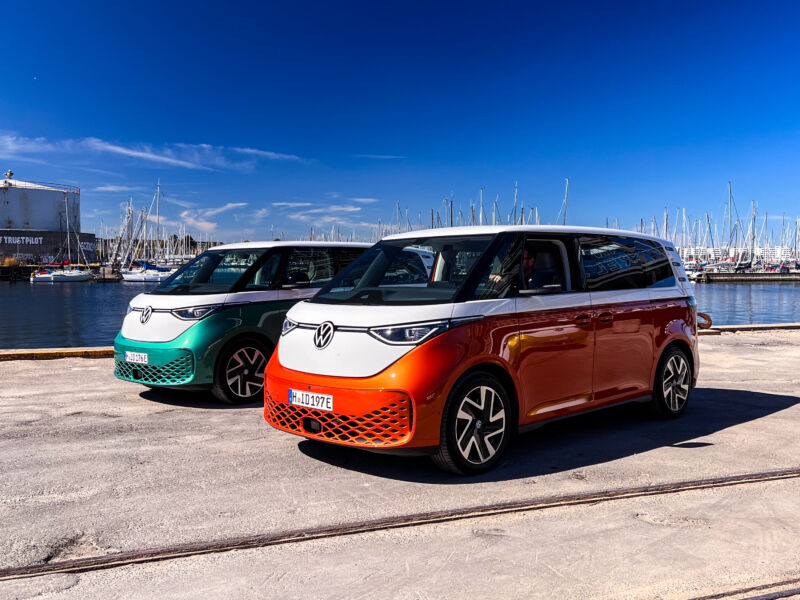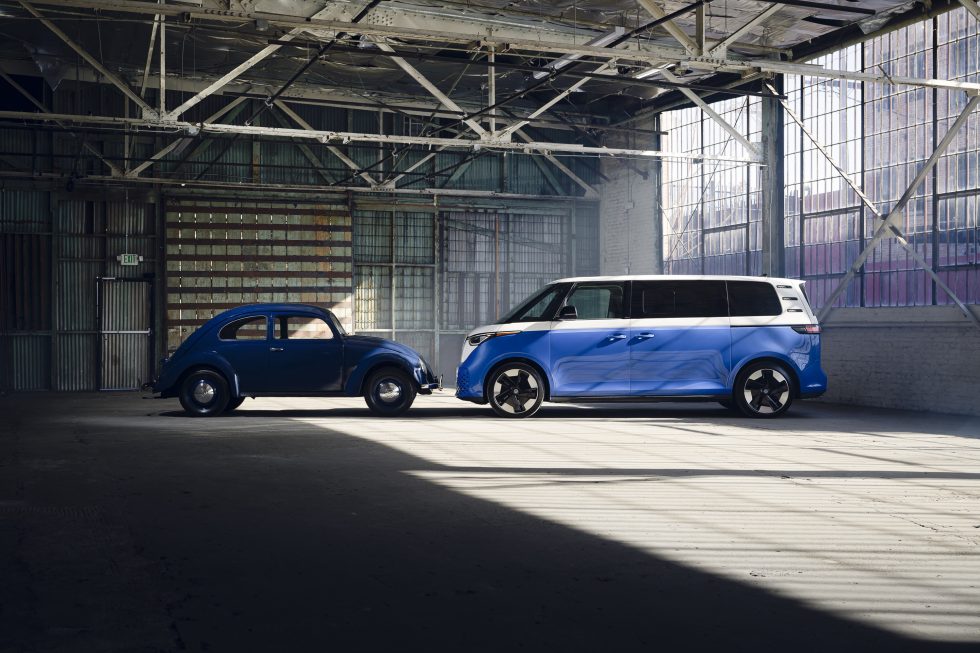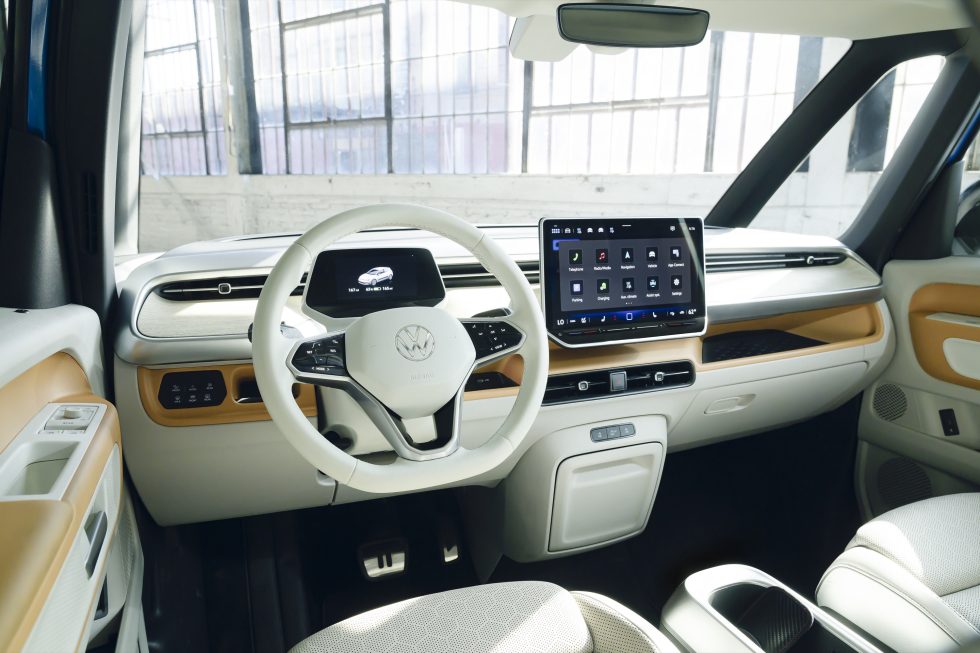can’t you see I’m Buzzy? —
The reimagined Microbus appeals to a far wider crowd than just car enthusiasts.

Enlarge / You don’t have to get a two-tone paint job on your ID Buzz, but it helps.
Jonathan Gitlin
Volkswagen’s forthcoming electric minivan couldn’t be better named. Simply put, in the years that we’ve been writing about cars, nothing on four wheels has created quite as much buzz as the VW ID Buzz with its adorably retro styling. But if all that attention translates into actual buyers, the electric microbus may end up being oversubscribed, at least to begin with.
Charlie Hall, chairman of the Volkswagen National Dealer Advisory Council, says the US may only see 20,000 ID Buzzes imported this year, according to an interview today in Automotive News. “It sounds like we may have the opportunity for additional European capacity if we need it, but we’re still trying to sort out where the demand is going to be globally,” Hall said.
Years in the making
VW’s plan to resurrect the iconic T1 Microbus goes back to 2001 during the industry’s flirtation with retro car design. While vehicles like the new VW Beetle, Ford’s porthole-a-licious Thunderbird, and the ever-customizable Chrysler PT Cruiser made it to production, the Microbus concept never did.

Enlarge / The first VWs went on sale in the US almost exactly 75 years ago.
Volkswagen
A decade later, VW had another go. This time, the Bulli concept was a battery electric vehicle (Bulli being the German nickname for the bus). But the specs for BEV concepts from 2011 look rather underwhelming with the advantage of time. The Bulli made do with a 40 kWh battery pack—described by Wired at the time as “huge”—which gave it a range of 185 miles (297 km), with a top speed of 87 mph (140 km/h) and a 0–62 (0–100 km/h) time of 11.5 seconds.
2016 brought us the VW BUDD-e, the third concept to reimagine the T1 in 15 years. VW was mired in its diesel emissions scandal at the time, and the company had found religion, pushing the fast-forward button on its development of alternative powertrains. VW took BUDD-e to CES that year, and the company said we would “see a car that looks a lot like this” using a new “modular electric toolkit” (also known as MEB, or Modularer E-Antriebs-Baukasten in German) by 2020.
Less than 18 months after that, the fourth and final concept appeared. Now bearing the ID Buzz name, it stole the 2017 New York International Auto Show, complete with a magnetically levitating gnome on the dashboard.
2020 was perhaps an ambitious goal for the ID Buzz to go into production; that was the year that VW’s first MEB-based BEV, called the ID.3, went on sale in Europe. The coronavirus pandemic didn’t help timelines, but the following year, the US saw its first MEB VW, the ID.4 crossover. But the question most people had was, “when’s the Buzz coming?”
Production starts

Enlarge / I do wonder how well this light-colored interior trim will stand up to family life.
Volkswagen
In Europe, the answer was 2022, although with a shorter, two-row ID Buzz variant that won’t cross the Atlantic. We spent a day driving the Euro-spec Buzz, which was a definite attention-getter, if a little expensive—as much as 64,581 euro ($67,981 in 2022) for the five-seater passenger model before incentives.
The US-spec Buzz has a wheelbase that’s about 10 inches longer, and VW has used that extra space to add a larger-capacity battery (91 kWh) and a third row of seats. There’s also a new rear motor that’s larger and more powerful than before, giving a total output of 330 hp (246 kW), and VW did some small tweaks, like adding sliding windows and ventilation to the rear compartment.
VW tells Ars that the ID Buzz will “most likely” arrive here in North America in the fourth quarter of 2024, and we’ll have to wait until Q3 to find out how much the US version will cost. The automaker wouldn’t be drawn on production or supply numbers, so for now, we just have Hall’s comments to go by. Here’s hoping a mismatch between supply and demand doesn’t result in hefty markups at the dealerships.